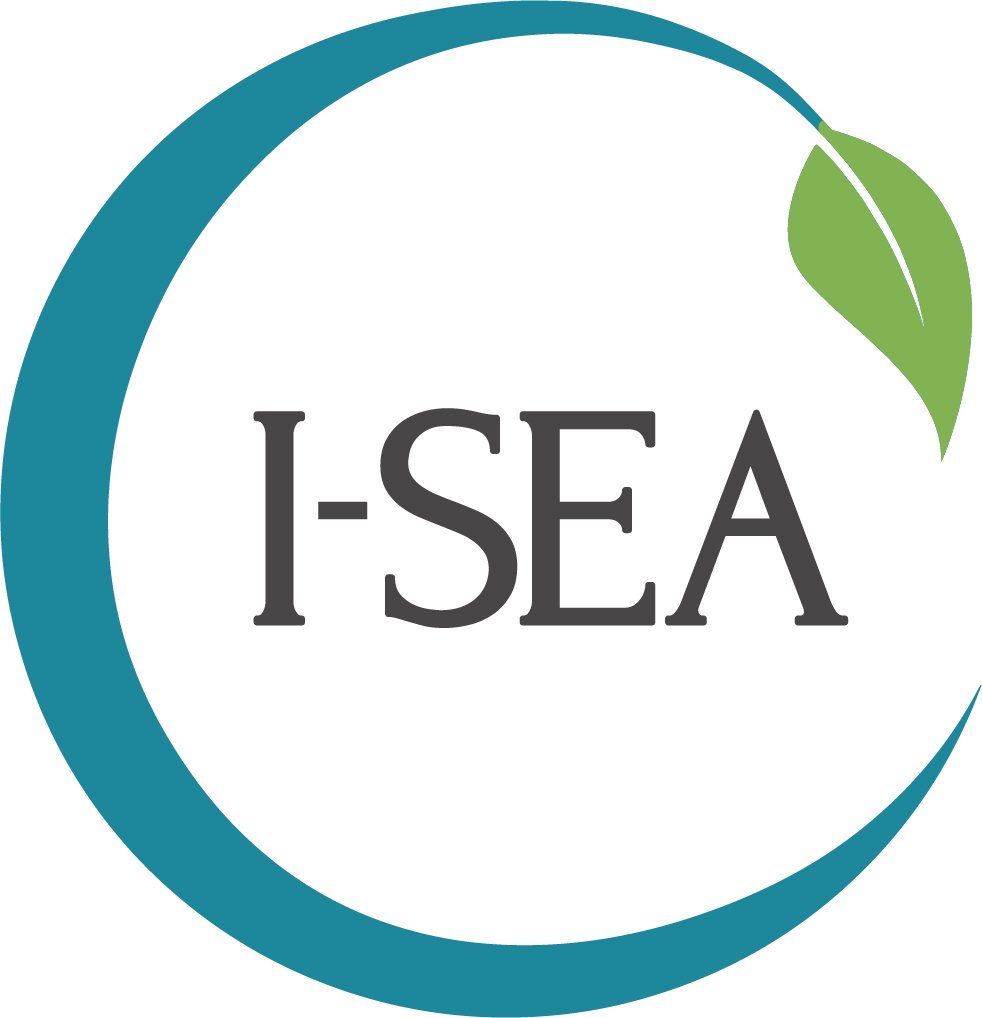BC First Nations are leading a waste revolution
Zero waste circuit riders offer on-site support to operators with recycling and waste management questions. On the right: Calvin Jameson. Photo from IZWTAG website
By Sonal Gupta
A thick smoke from a burning garbage dump used to hang over Lil’wat Nation, putting the community’s health at risk.
“I’d go up there to clean up, and people would be lighting the dump on fire,” said Calvin Jameson, a public works superintendent for the community about 150 kilometres north of Vancouver. “There was everything you could name — paint, batteries, oil, tires. And when you came up the hill, there’d be a layer of smoke right above the nation.”
Smoke drifted into homes, schools and the health centre, forcing families to keep their windows closed as they feared for the health of elders and children. For years, complaints about the dump went unheeded — until Jameson took matters into his own hands.
“I went directly to Indigenous Services Canada, showed them pictures, and said, ‘We’re contaminating our aquifer, and all the smoke’s going into the community. We need to stop this now.’”
Within months, Lil’wat became the first interior First Nation in BC to shut down its open dump. Today, the smoke that hung over the community is gone — replaced by a grassroots movement that has made BC’s First Nations into leaders of Indigenous-led recycling and zero waste innovation.
But closing the dump was only the beginning. Without alternatives, garbage would pile up or get dumped in the bush, Jameson said.
All reporting produced as part of the project is free to the public and is not behind National Observer's paywall.


